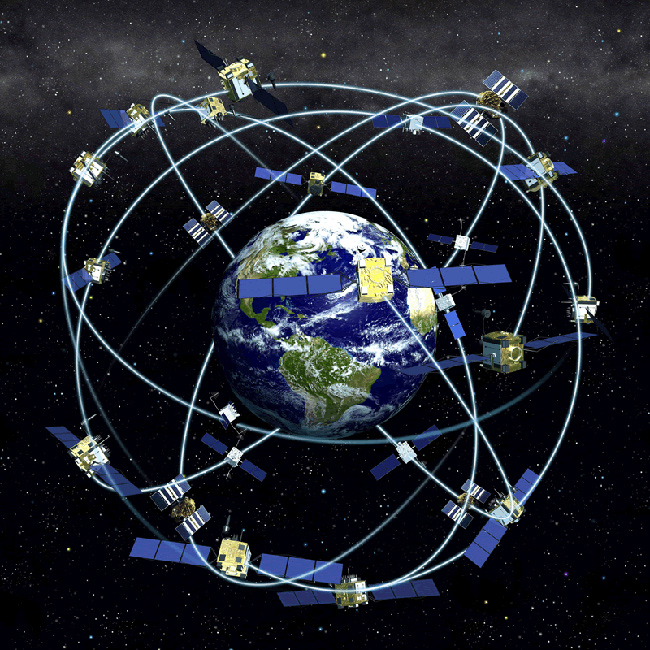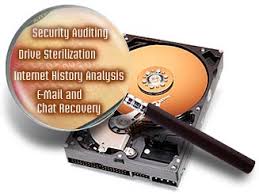FireWire
FireWire is Apple Computer's version of a standard, IEEE 1394, High Performance Serial Bus, for connecting devices to your personal computer. FireWire provides a single plug-and-socket connection on which up to 63 devices can be attached with data transfer speeds up to 400 Mbps (megabits per second). The standard describes a serial bus or pathway between one or more peripheral devices and your computer's microprocessor. Many peripheral devices now come equipped to meet IEEE 1394. FireWire and other IEEE 1394 implementations provide:
A simple common plug-in serial connector on the back of your computer and on many different types of peripheral devices
A thin serial cable rather than the thicker parallel cable you now use to your printer, for example
A very high-speed rate of data transfer that will accommodate multimedia applications (100 and 200 megabits per second today; with much higher rates later)
Hot-plug and Plug and Play capability without disrupting your computer
The ability to chain devices together in a number of different ways without terminators or complicated set-up requirements

Reference links














